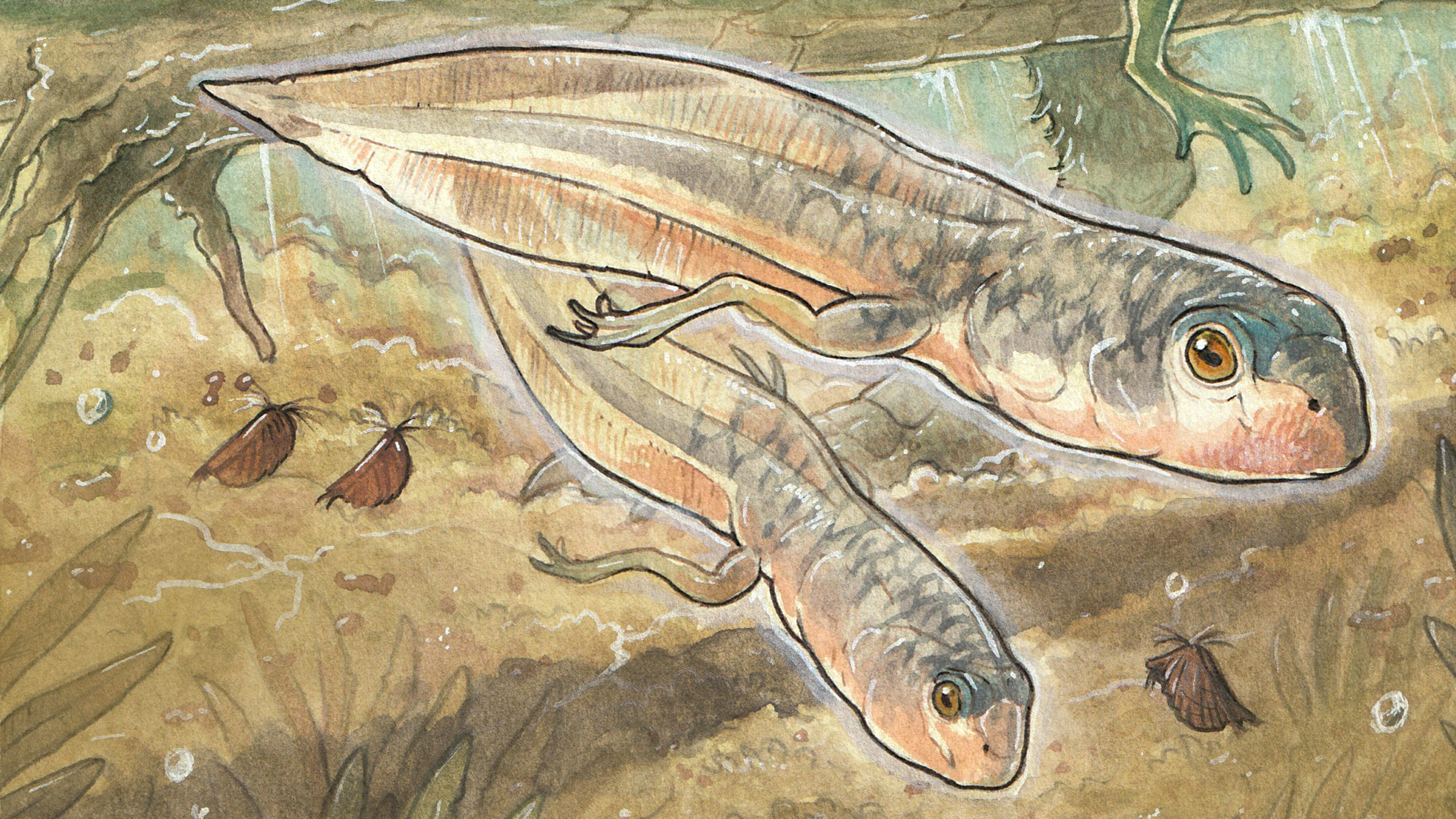Agronomy, Vol. 13, Pages 903: Subsurface Lateral Solute Transport in Turfgrass
Agronomy doi: 10.3390/agronomy13030903
Authors: Manuel E. Camacho Carlos A. Faúndez-Urbina Aziz Amoozegar Travis W. Gannon Joshua L. Heitman Ramon G. Leon
Turfgrass managers have suspected that runoff-independent movement of herbicides and fertilizers is partially responsible for uneven turfgrass quality in sloped areas. We hypothesized that subsurface lateral solute transport might explain this phenomenon especially in areas with abrupt textural changes between surface and subsurface horizons. A study was conducted to track solute transport using bromide (Br−), a conservative tracer, as a proxy of turfgrass soil inputs. Field data confirmed the subsurface lateral movement of Br− following the soil slope direction, which advanced along the boundary between soil horizons over time. A model based on field data indicated that subsurface lateral movement is a mechanism that can transport fertilizers and herbicides away from the application area after they have been incorporated within the soil, and those solutes could accumulate and resurface downslope. Our results demonstrate that subsurface lateral transport of solutes, commonly ignored in risk assessment, can be an important process for off-target movement of fertilizers and pesticides within soils and turfgrass systems in sloped urban and recreational landscapes.

 1 year ago
24
1 year ago
24


